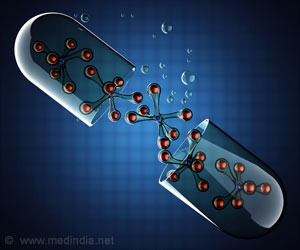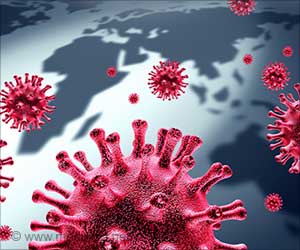Photodynamic therapy cannot be used to attack the novel coronavirus directly since it does not eliminate harmful microorganisms present in the bloodstream. Photodynamic therapy helps to combat COVID-19 co-infections caused by bacteria and other viruses, eliminating the need for intensive medical care.

‘Treating co-infections and secondary infections of COVID-19 can improve the prognosis in severe cases, where patients are intubated and face a higher risk of infection by other microorganisms such as the bacteria that cause pneumonia.’
Read More..




"COVID-19 can lead to complications that go beyond the virus, and we should also strive to find treatments for these other problems. Treating co-infections and secondary infections can improve the prognosis in severe cases, above all for patients who are intubated and face a higher risk of infection by other microorganisms such as the bacteria that cause pneumonia," said Vanderlei Bagnato , CEPOF's principal investigator.Read More..
CEPOF is a Research, Innovation and Dissemination Center (RIDC ) supported by São Paulo Research Foundation - FAPESP and hosted by the University of São Paulo (USP) in São Carlos.
"When the patient inhales these substances, the drug can be activated with extracorporeal light, which then attacks pathogens in the airways," Bagnato said.
Photodynamic therapy cannot be used to attack the novel coronavirus SARS-CoV-2 directly since it does not eliminate harmful microorganisms present in the bloodstream (only in the airways). However, researchers stress the importance of developing techniques to combat COVID-19 co-infections caused by bacteria and other viruses, avoid the need for intensive medical care, and minimize transmission of the disease to other people.
CEPOF has conducted several studies on the use of photodynamic therapy to treat pneumonia, skin cancer, and other diseases. "We're about to begin a study to evaluate the use of photodynamic therapy in cases of pneumonia in pigs. This stage precedes clinical trials in humans," Bagnato said.
Advertisement
In the journal, the researchers note that "the propagation of opportunistic pathogens occurs mainly through the upper respiratory tract owing to natural colonization of the oropharynx" and that photodynamic therapy "can help not only to reduce the number of these microorganisms present in the oropharynx but also to prevent their penetration into the mucosal barrier" and hence their proliferation.
Advertisement











